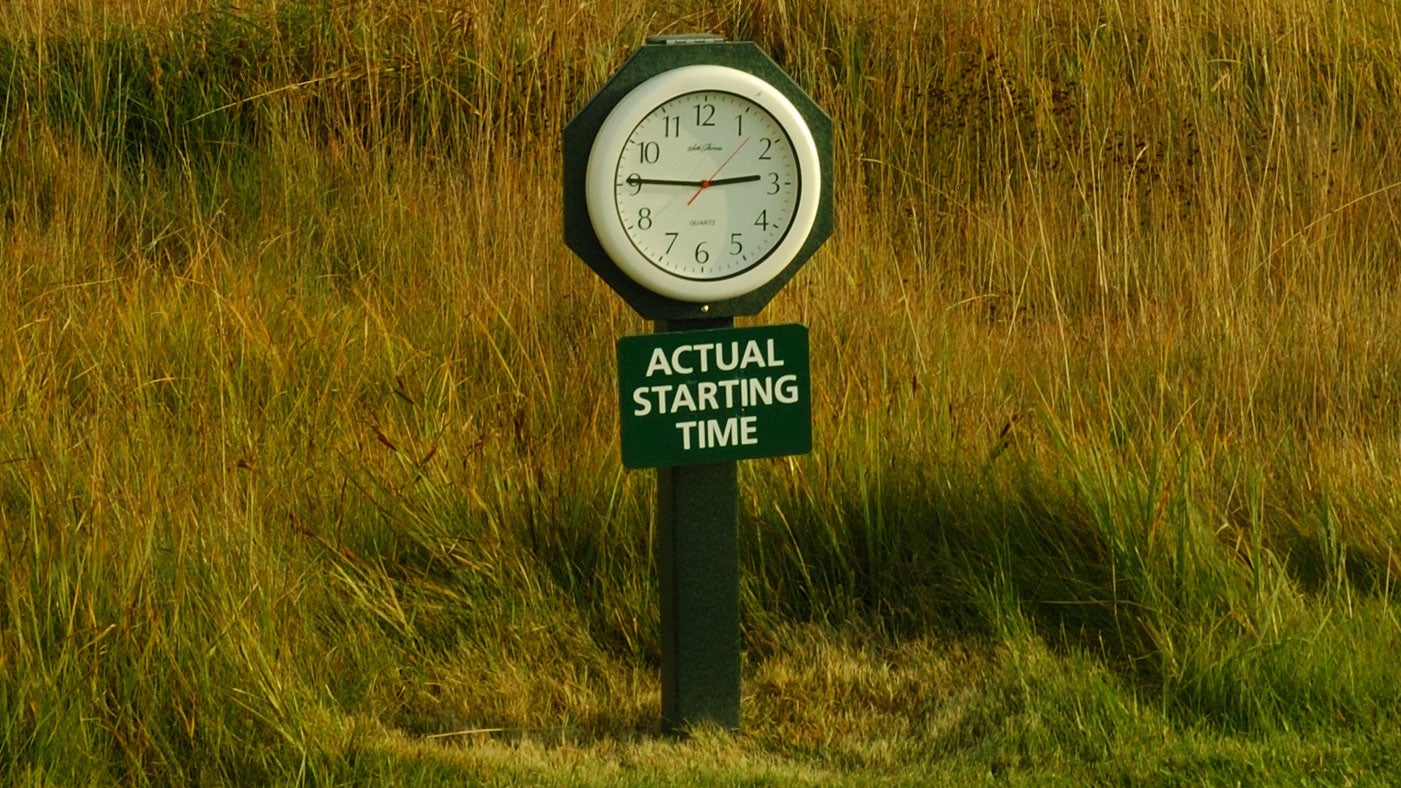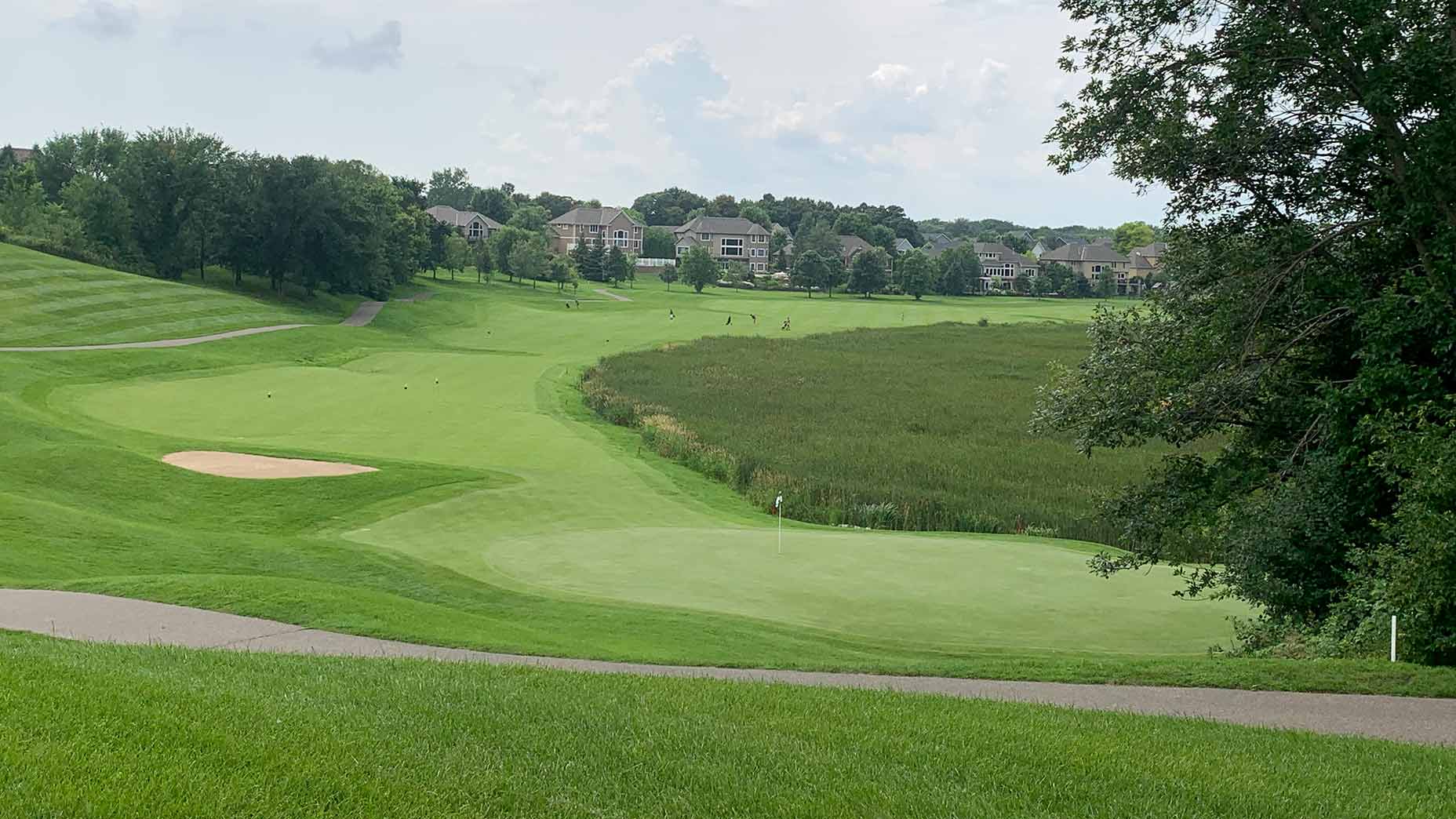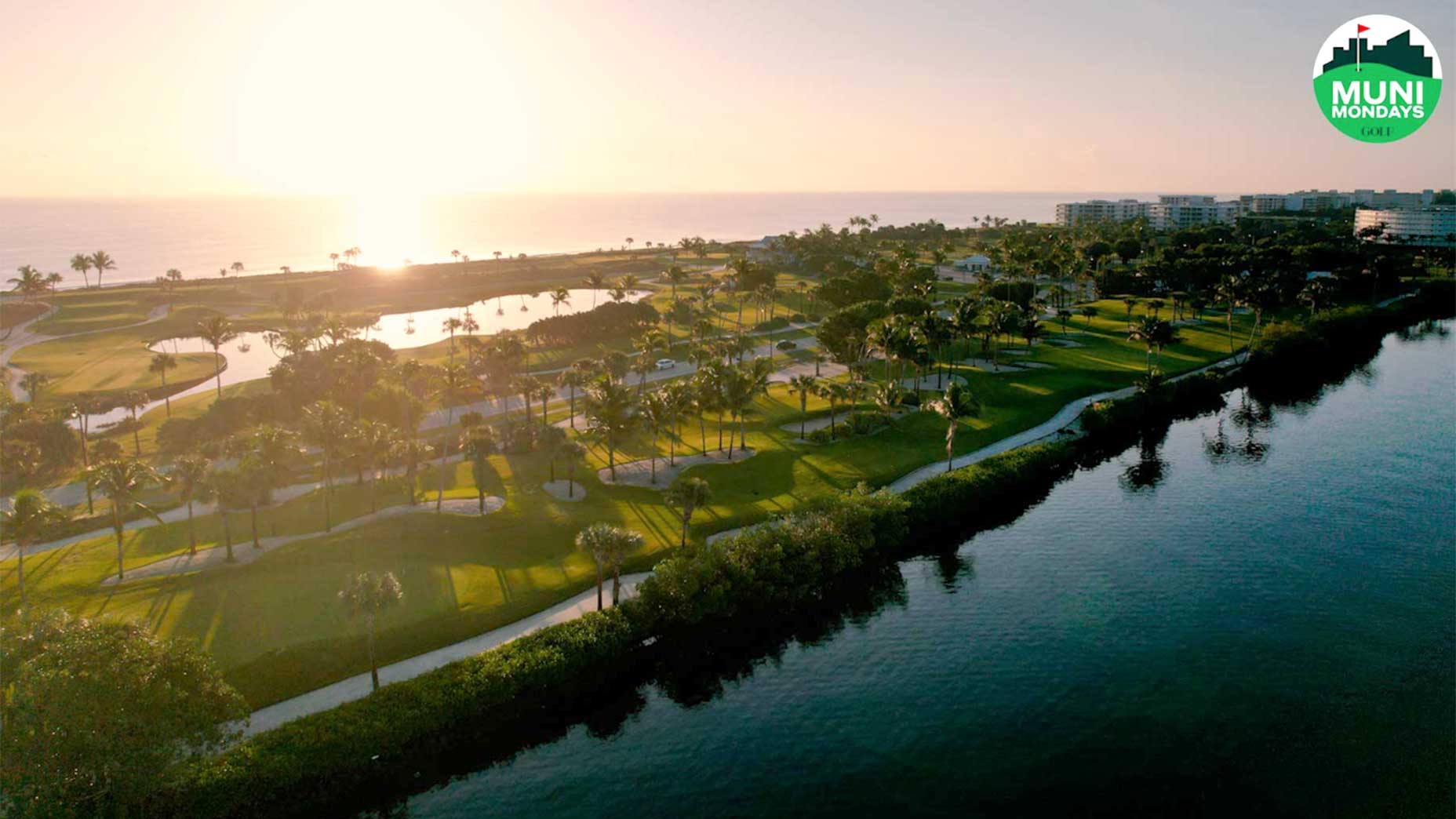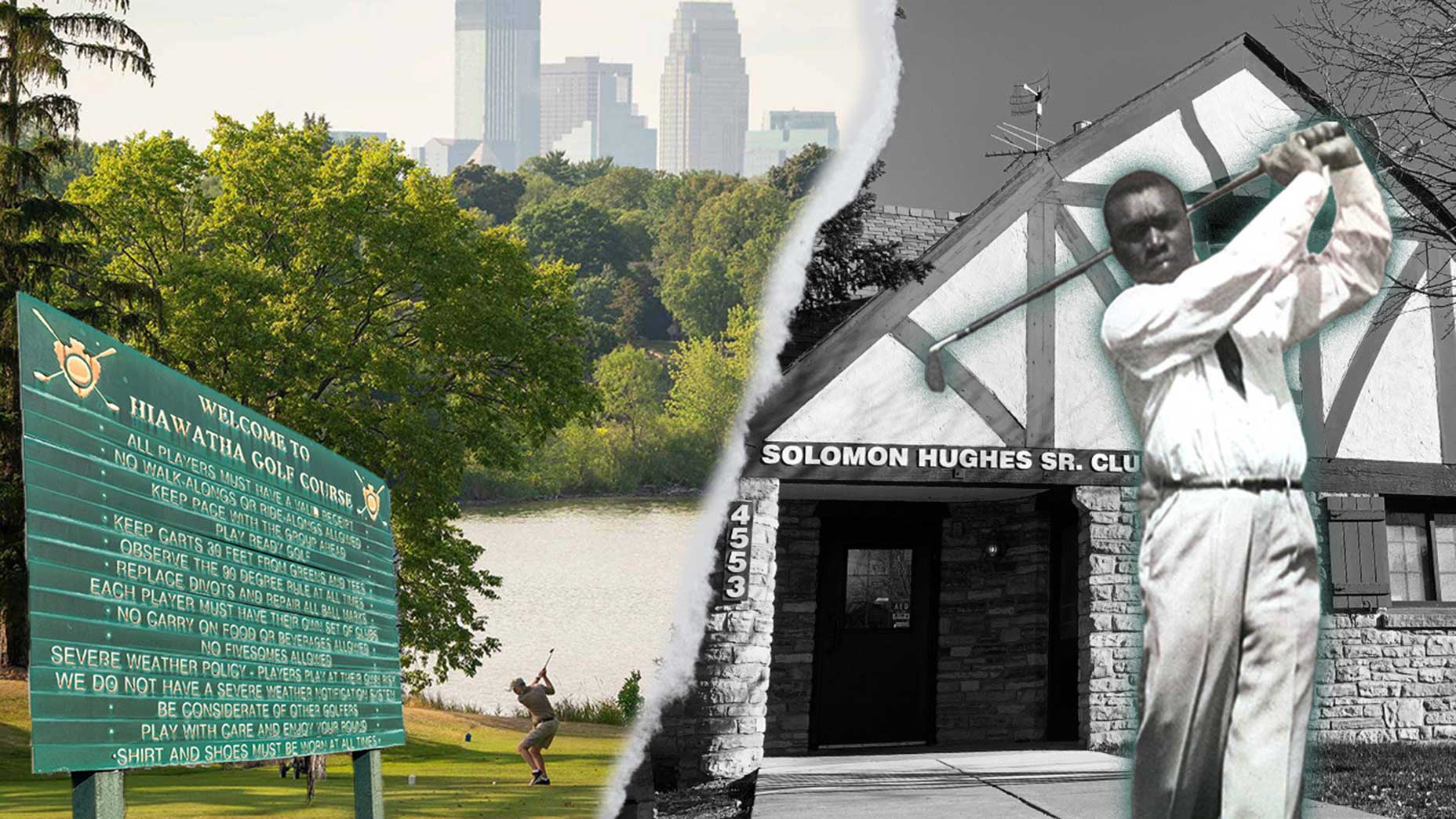Is golf becoming more accessible, or more expensive? The answer is complicated, says one architect
- Share on Facebook
- Share on Twitter
- Share by Email

Tom Doak renovated Memorial Park, a muni in downtown Houston, that's both fun and affordable.
Getty Images
Is golf becoming more accessible, or more expensive? The answer is complicated, and according to golf course architect Tom Doak, it’s a little bit of both.
I recently attended a Q&A with Doak hosted by the National Links Trust at their symposium in Washington D.C. The National Links Trust is a non-profit with a goal of protecting and promoting accessible and affordable municipal golf courses across the U.S.
In college, Doak traveled to Scotland on a scholarship to explore golf course architecture, where it all started. The moderator, Golf Channel’s Damon Hack, asked Doak if America is moving closer to how the business of golf works in Scotland or even farther away.
“I think some of both,” Doak answered. He described the sport as splitting in a way, where accessible golf is becoming better, but “where the high end just keeps getting higher.”
Doak outlined the problem with thinking of golf solely as a business. He explained that the very first golf course he ever built, “we were designing it on the idea that it was going to be a $50 golf course.” Every decision they made was with the intention of maintaining the course at that price point. Then something changed. The course began to get a good amount of hype and the client decided they could try to charge $90 for a round instead of $50.
Money Game: Why overseas golf club memberships are a great (and affordable) optionBy: Evan Rothman
“That’s the capitalist system we live in,” Doak said. “If you do good work people are going to pay more for it, so they’re going to charge more for it.” And while America has been pretty successful with that system, it does mean “building a great affordable golf course doesn’t last very long.”
The cost of building and thus joining a private club is becoming more expensive all the time.
“The bad part of that in my business is, the standard for what a new golf course should be and how well it should be maintained is unaffordable,” Doak said. “My new clients have to be private equity guys — that’s who can afford to do it.”
Ray Cronin is the co-founder of Club Benchmarking, which provides business intelligence for private clubs. He was quoted in a March 2022 Golf Digest story, saying his company puts clubs into three buckets based off their financials, and a quarter of those clubs “are the ones that have invested consistently for the past 20 years, particularly since the 2008-09 economic meltdown. They have really strong balance sheets, wait lists for members and initiation fees north of $50,000.”
Even the low end of private memberships are too costly for most of the playing population, with initiation costs around $10,000 and yearly dues in the thousands.
Bob Randquist, the chief operating officer of the Golf Course Superintendent’s Association of America, estimated that yearly maintenance budgets in 2020 ranged from $500,000 a year for a daily-fee course to $1 million a year for a private club.
But it’s not all bad news. The other end of the spectrum is getting better too.
“Good golf is more available to the public now than it has been in a long time,” Doak said. “There are some really good public courses that have been renovated, there are some great new resort courses that have been built, it’s much easier to travel overseas and get to see all that.”
Developing Tom Doak: Prolific and opinionated, the famed architect remains a work in progressBy: Josh Sens
This is true. There’s no shortage of good resort golf (some even with reasonable prices), and several municipal courses have recently received highly-praised face lifts (including Doak’s Memorial Park in Houston). On GOLF’s most recent Top 100 Courses in the U.S. list, about one-fifth are publicly accessible with 15 at resorts.
Private golf may not be getting more affordable, but public golf is getting better all the time.
When Doak was in Scotland, he was struck by how different everything around golf was. “I was like, ‘Oh no, we’ve kind of got golf wrong,’” he said.
This might be a relatively common sentiment when people compare the closed-off elitism of the American golf system to some found overseas. While U.S. club membership prices soar, membership fees overseas remain drastically lower. Plus, a thoughtful letter to the right person might get the average golfer a tee time at some of the best private clubs overseas, while in America that tactic won’t take you as far.
“One of the simplest ways to put it is, golf over there, it’s a part of life, it’s a big part of their culture. And over here it’s a business,” Doak said. “You take your kids out, you go walk your dog, and you play 18 holes in two hours at the same time.”
But Doak said he is optimistic about the future, and he likes the fact that more people are taking an interest in the game and in his line of work.
“There is just a wealth of young talent of architecture,” Doak said. “I think that probably goes for all the other aspects of the game as well.”
Latest In Travel

Golf.com











